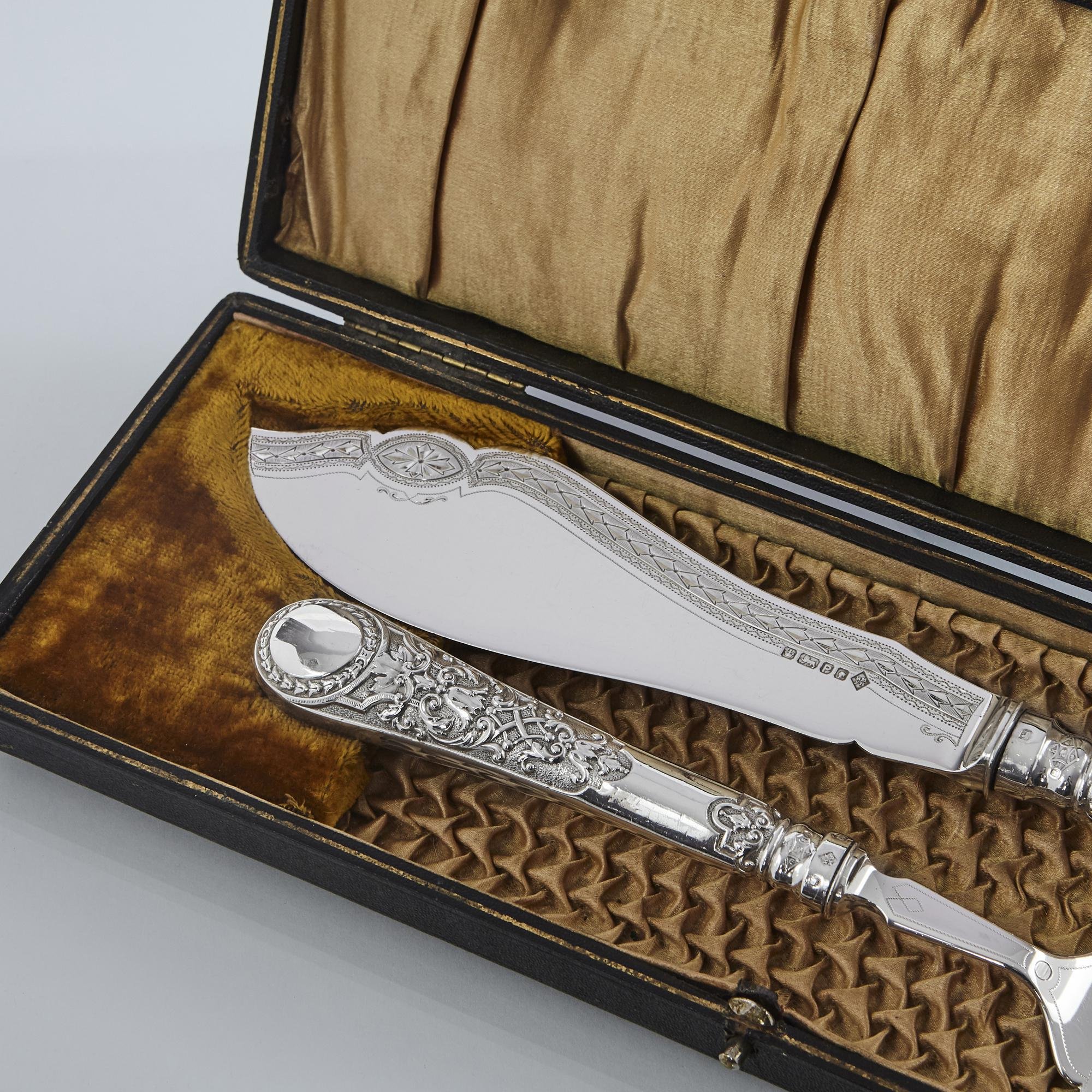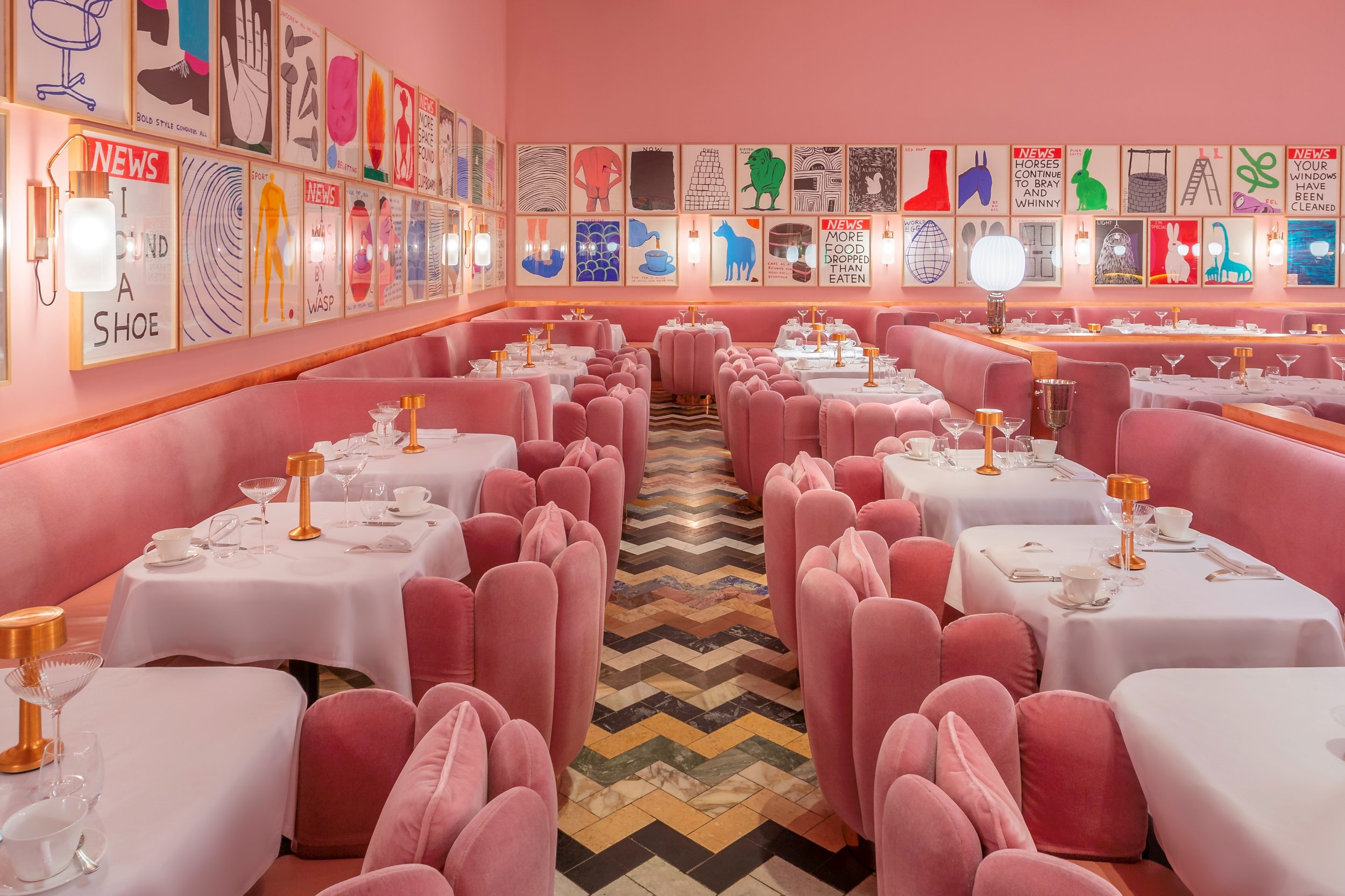The Rattan Renaissance
11 February 2021
An interview with Lulu Lytle.
Giles Kime
Interiors Editor of Country Life and Former Editor of Decanter magazine, Giles has written three books: Decorating, Decorate To Speculate and Secrets Of Wine.
Soane Britain’s Rattan Ripple Console and Daisy Hanging Light, seen here against the Scrolling Fern Silhouette Wallpaper.
Credit: Soane Britain, T. +44 (0)20 7730 6400, www.soane.com.
Lulu Lytle’s childhood fascination with the past led her to study Egyptology and Ancient History at University College, London. After graduating, she worked for the antique dealer and designer Christopher Howe and later co-founded Soane Britain on London’s Pimlico Road that specialises in furniture, lighting with the quality and longevity of antiques. A passionate and vocal advocate of traditional furniture-making techniques, she works with some of Britain’s most highly skilled craftspeople. Ten years ago, she bought Britain’s last remaining rattan workshop and began extensive research into this highly distinctive, comfortable and robust style of furniture. She recently published a book on rattan’s role in decoration as well as iconic 19th and 20th century portraiture of subjects including the British Royal family, Churchill and Marilyn Monroe.
Why did you write a book on rattan?
Like many before me, I completely fell for the beauty of rattan and wicker furniture. When I was still in my teens I’d built quite a collection of baskets, chairs and undefinable oddities made from rattan and willow. After buying the workshop, I was galvanised by the need to understand more about the history of rattan manufacturing around the world, as well as the desire to seek out historic photographs. I immersed myself in the subject and this book offered an opportunity to share the discoveries I made.
Madeleine Castaing’s storeroom on Rue Visconti in Saint Germain, Paris, ‘arranged as an atmospheric rattan-filled “winter garden”.’
From Rattan, A World of Elegance and Charm, by Lulu Lytle (Rizzoli). Credit: Rizzoli / Derry Moore.
Are there any perceptions about rattan that you hope that the book might change?
I hope to show that it has many personalities, from the geometric rigour of a Josef Hoffmann chair to the lush, romantic winter gardens of Madeleine Castaing’s Paris. I am learning more every day and become more beguiled by the extraordinary rattan palm with every discovery I make.
Is there a reason that British rattan manufacture almost disappeared?
Quite simply, cost. To make rattan furniture properly in the traditional way, entirely by hand, is incredibly time consuming. Paying proper wages to these highly skilled craftsmen (a rattan apprenticeship was traditionally 7 years in England!) inevitably means that British made rattan is expensive. We are investing in the next generation of frame makers and weavers and taking a very long term view to ensuring that the craft is not threatened with extinction in the UK again.
How do you feel about the current state of British craftsmanship?
More optimistic than I have been in the past. At a time when we are all scrutinising the origins of everything we buy, from food to clothes to furniture I am encouraged to see people buying less but better.
The "Big Three" at the Potsdam Conference, Winston Churchill, Harry S. Truman and Joseph Stalin.
Credit: National Archives and Records Administration, Public domain, via Wikimedia Commons.
Do you think there’s a reason that rattan appears in so many iconic photographs?
Rattan furnishings create a languid, easygoing atmosphere and have the extraordinary capacity to lighten the atmosphere of the grandest architecture or the most formal situation. A wide range of rattan chairs have been favoured by many photographers of the last 100 years to put their sitters at ease, leading to some extraordinarily glamorous photographs by the likes of Cecil Beaton and Slim Aarons. Rattan chairs also appear in iconic photographs including the meeting of Churchill, Truman and Stalin at the Potsdam Conference in 1945 and press interviews with John F Kennedy. Royal photographer Lisa Sheridan deployed rattan to great effect in many of her charming photographs of the royal family, taken between 1936 and 1965, in the grounds of Windsor Castle. The carefree informality of the images was unprecedented and Sheridan is credited for having ushered in a more intimate and understated approach to royal portraiture.
Villa Saluzzo Bombrini, a Renaissance villa in Liguria attributed to Andrew Vannone, renovated by architect Eleonore Peduzzi Riva.
From Rattan, A World of Elegance and Charm, by Lulu Lytle (Rizzoli). Credit: Rizzoli / Bendetti.
Are there any particular favourites in the book?
It is so hard to single out favourite images when I had to choose less than 300 from a collection of over 5,000 photographs which I had accumulated during my research! I became particularly fascinated by the use of rattan in portraits by a serious roll call of artists including Matisse, Sargent, Lavery and Renoir. American artist William Merritt Chase painted many fashionable East Coast women from the New York studio where he kept a variety of wicker chairs for sittings.
How would you describe your approach to interior design?
Because I’m a designer of furniture and fabrics rather than a trained interior designer, I tend to look at how well disparate things might sit together rather than a particularly structured approach, always leaning towards including antiques, books and old textiles. There is no substitute for trying things in situ, so I really like working with clients who are prepared to be flexible and patient in finding the perfect pieces. It always leads to a much lovelier room in the long run.
The Rattan Leighton Table by Soane Britain, in Lulu Lytle’s home.
Credit: Soane Britain, T. +44 (0)20 7730 6400, www.soane.com.
How would you describe your own home?
Long on colour, clutter and books! I like very soft lighting and nothing to feel too precious or ‘decorated.’
What is your approach to buying antiques?
I am drawn to pieces with atmosphere and depth, which often comes with age and use. I don’t mind if things are quite beaten up as long as they are beautifully made. Always buy the very best that you can afford. Quality and condition really do matter - not only if you are looking to invest in pieces which will grow in value but also in terms of things which you will never tire of living with.
Is there anything that you collect?
Too many things, I’m a compulsive collector! Amongst my favourite things are Islamic metalwork and textiles, camel-related art (preferably 2 humps!) and of course rattan, especially chairs.
Do you have a piece of furniture that you would never sell?
I am rather too sentimental so I would find it hard to part with all sorts of things, especially when they have associated memories of the people or places they came from. I particularly treasure some of the early rattan chairs designed by Benjamin Fletcher for Dryad around 1910, and an 18th century Chinese blue and white painted vase which is really atmospheric. A portrait of my children, painted 12 years ago by the brilliant painter Charlotte Johnstone, is one of my greatest treasures.
Rattan, A World of Elegance and Charm, by Lulu Lytle (Rizzoli).
Signed copies are available here.
Credit: Rizzoli.










